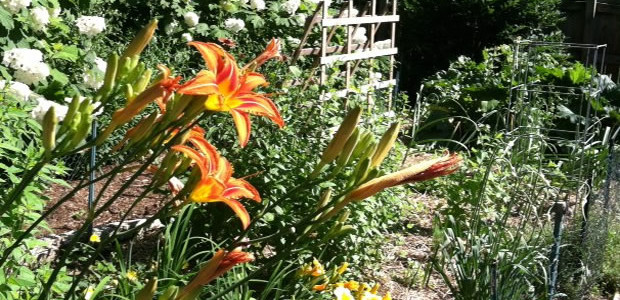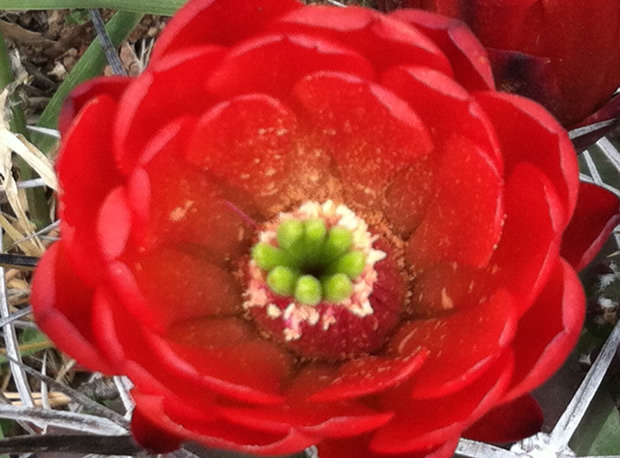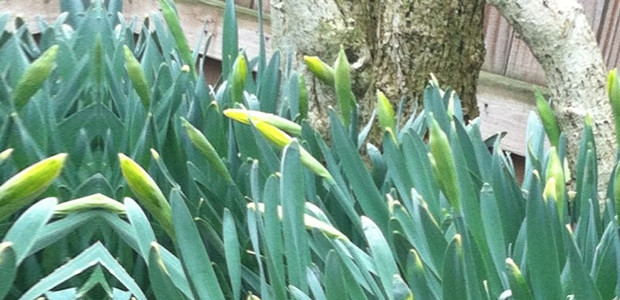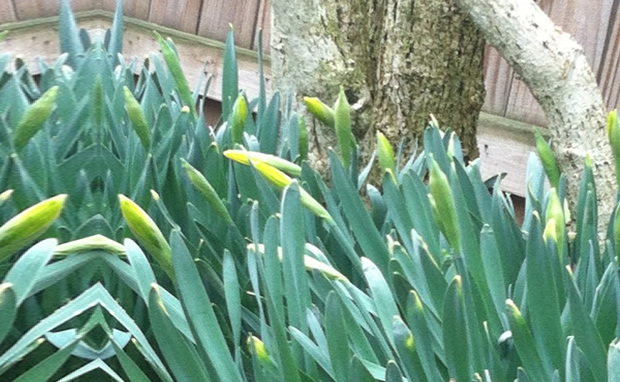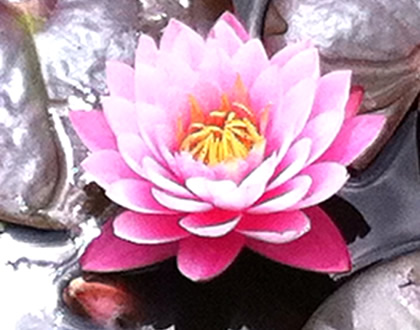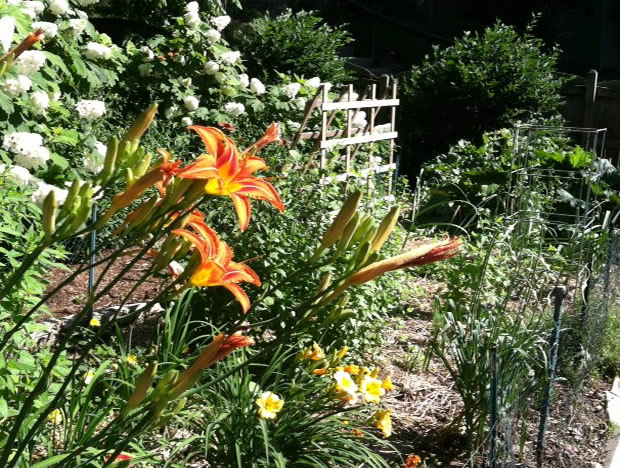
The other morning, as the heat and humidity rose, I puzzled over the best place to plant my dill, tarragon, rosemary, cilantro, marigolds and zinnias. Our garden is in a bit of disorder, with garlic still maturing to harvest, lusciously overgrown rhubarb, large tufts of catmint, peppermint, lilies, sundrops, and a couple of tomatoes.
Sweat dripped from my face as I stepped one leg over the two-foot fence guarding our plantings. In my arms were plants, a trowel, and a digger. My focus was on where I would plant everything, and I was getting tired. Looking back, I can see that this was a set up for trouble. Not paying attention as I lifted the other leg over the fence, I was thrown off balance as my pant leg caught on the fence, throwing me to one side where I nearly fell on an overgrown thyme plant.
I was lucky. I was able to recover my balance rather than falling, but it reminded me how vulnerable we become when our attention wanders.
But losing one’s balance can occur in realms beyond a physical fall. Some of you may have heard me speak of the challenges I face when travelling, especially when I am away several weeks. The physical environment is different from where I live. The food and water I consume is new. My sleep and activities change, and I often feel on sensory overload. I may have enjoyed the time away, but I feel the imbalance in different parts of my system when I return home.
It takes time and patience to return to balance. A friend told me that rebalancing when we come home from a trip takes the same number of days as we were away. From my own experience I believe it.
Many students come to yoga class and tell me they need to improve their balance, meaning physical balance. Yoga talks about a model of the human system called the pancamaya model. This model describes five aspects of the human system: the physical, the energetic, the mental, the personality, and the emotional. They are all interrelated, meaning that an imbalance in any one aspect affects the others.
My fatigue and inattention in my garden the other morning were definitely aggravated by the heat and humidity. But I also have to remember that I am still recovering my balance from three and a half weeks of travel.
I share this with you with the hope you will start observing yourself. What throws you “off balance,” what can you do to reduce the effects, and what do you need to bring you back to balance.
EXPLORING BALANCE
8 week series focusing on balance in body, breath, and mind
Discovery Yoga: Wednesdays, June 17 – August 5, 5:45 – 7:15 pm
Yoga 4 Wise Women: Fridays, June 12 – August 7, 9:00 – 10:30 am
(no class July 10)
TMC, wellness through movement, 2134 N. 2nd, Harrisburg.
For more information, contact me:
eterryyoga@gmail.com or 717-645-0067
